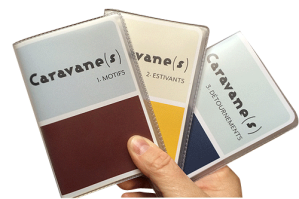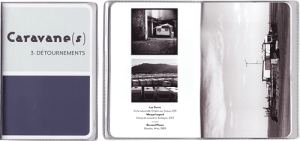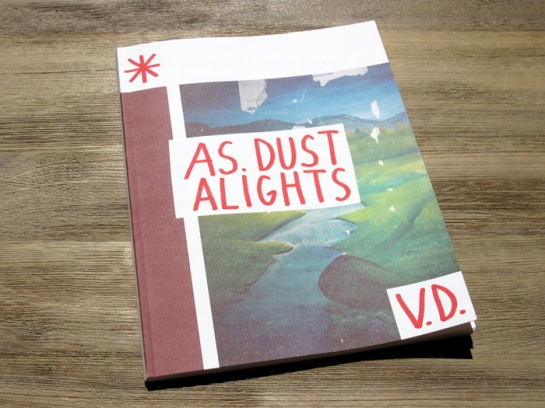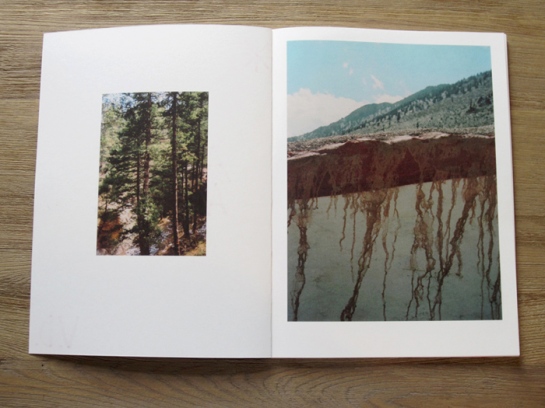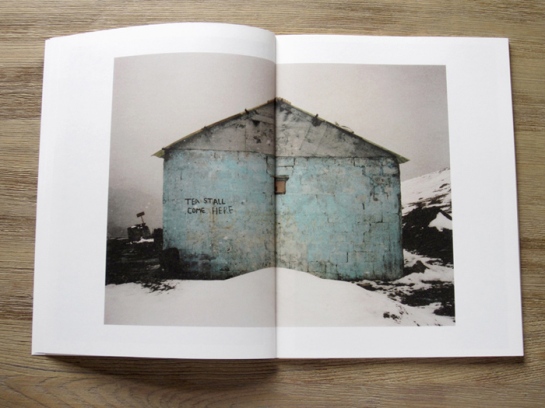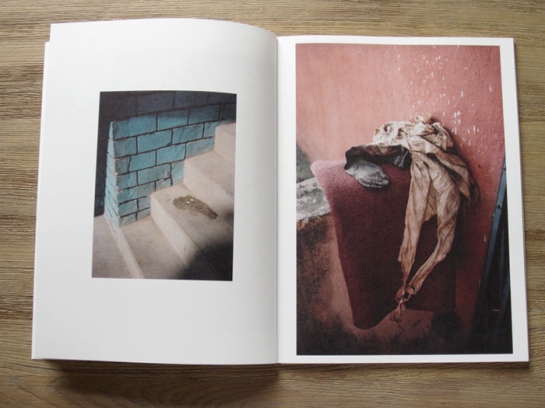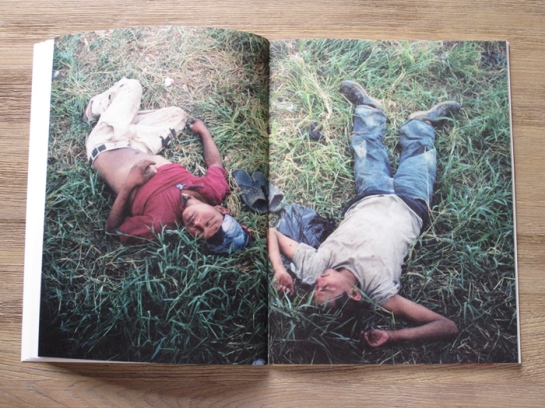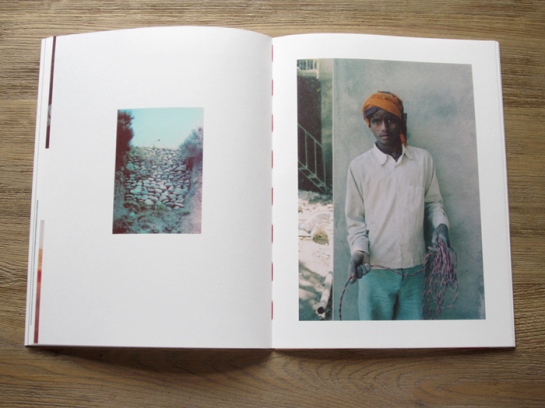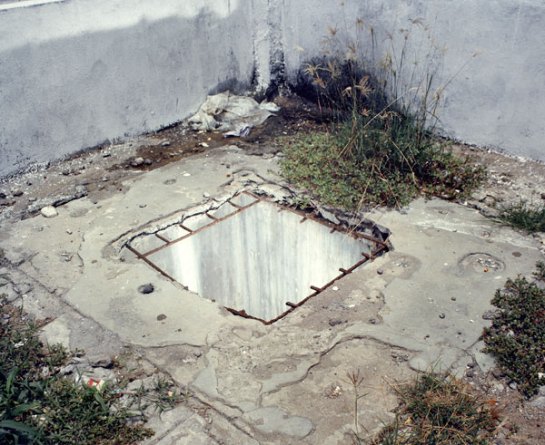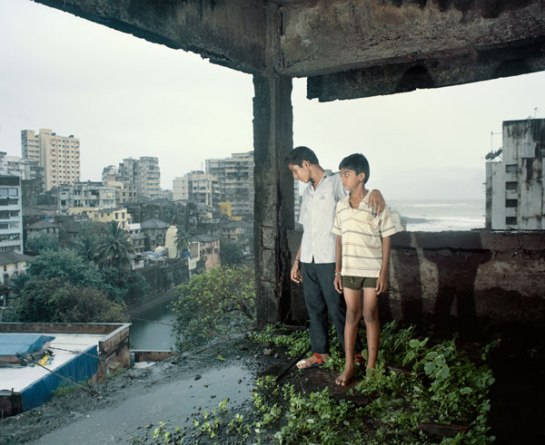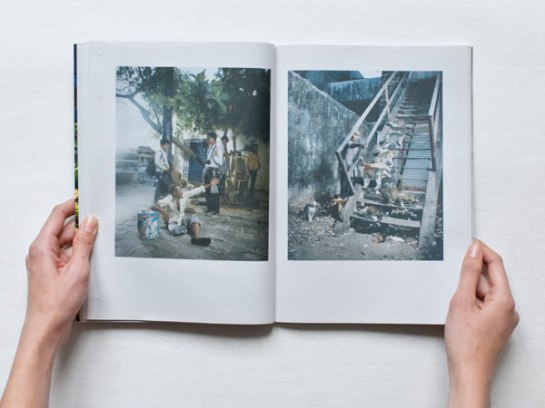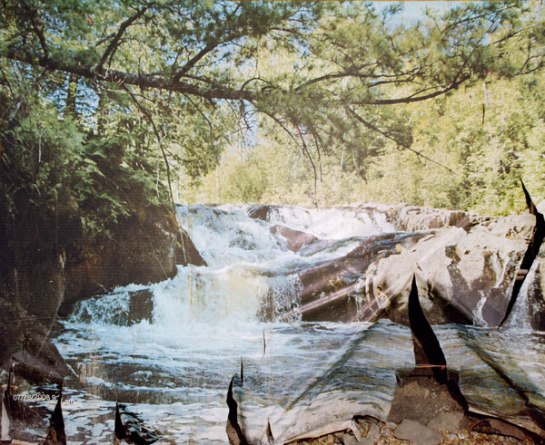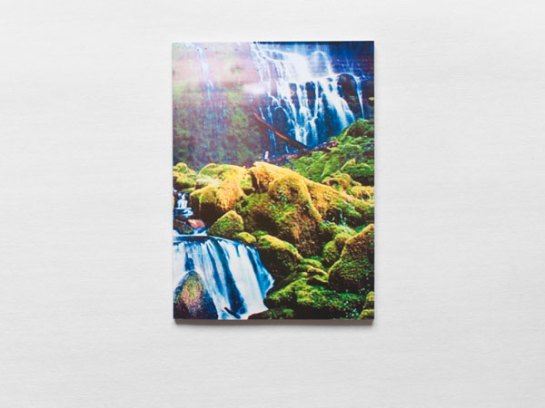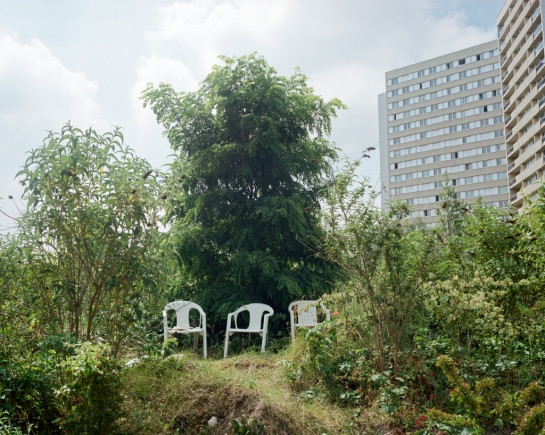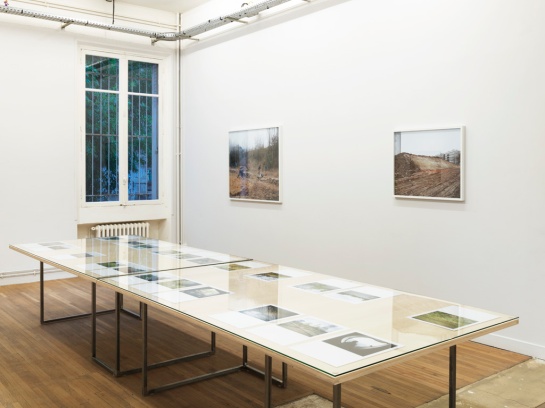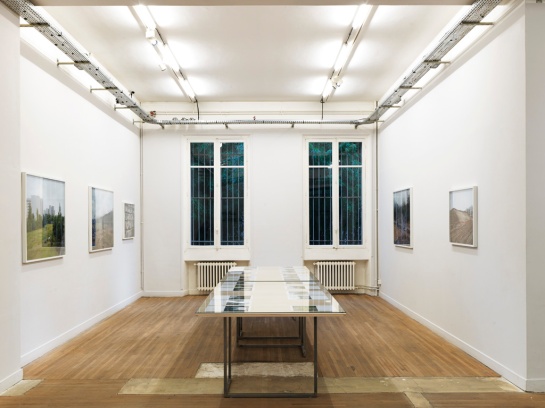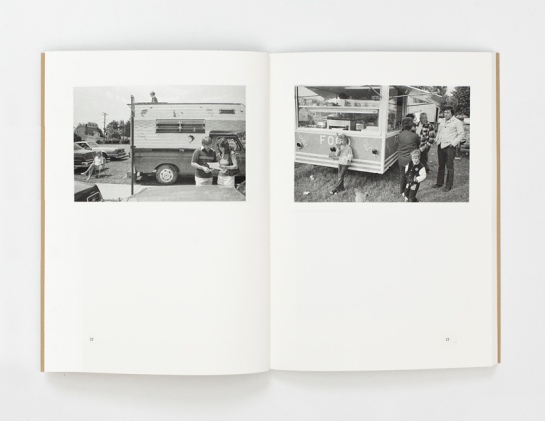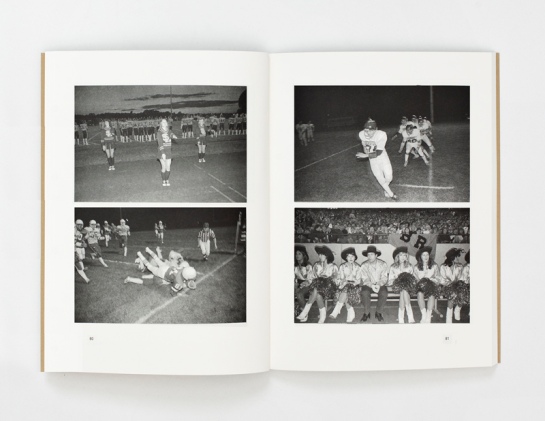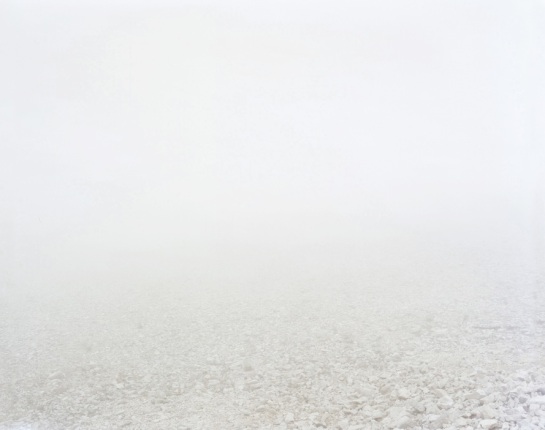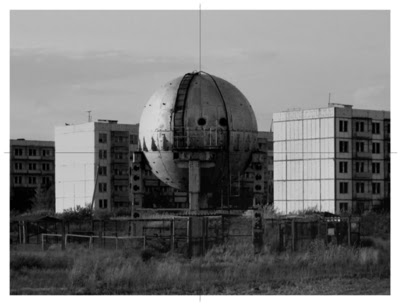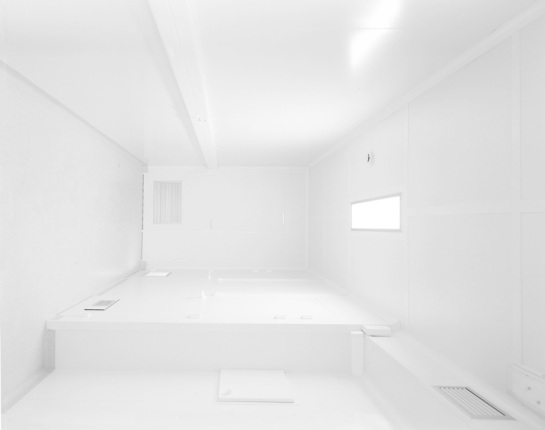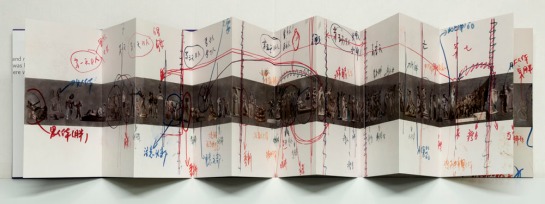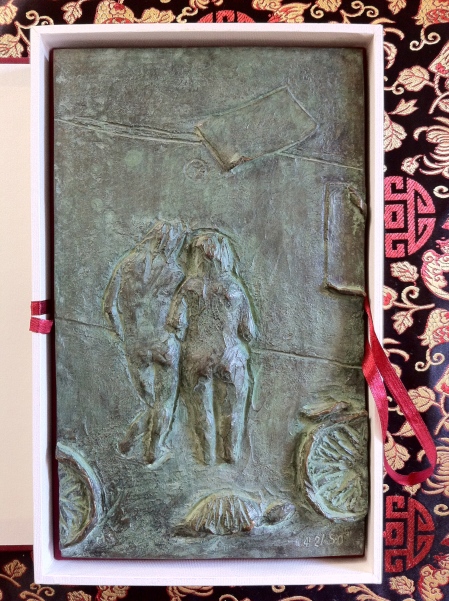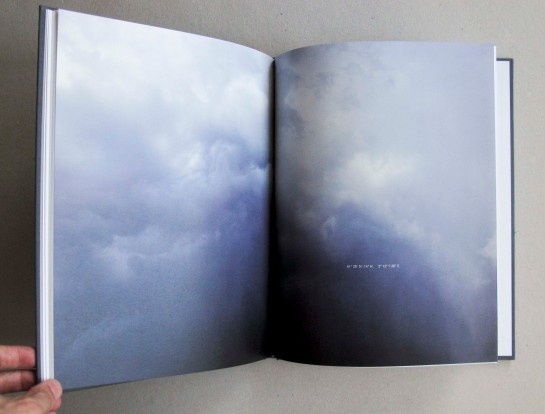Une caravane ou plutôt des caravanes ?
Objet protéiforme et mot polysémique, la caravane ne se laisse pas appréhender facilement. Caravane des mages, caravane de pèlerins, de nomades, de porteurs, de cyclistes, caravane publicitaire, caravane de touristes, de voyageurs en tous genres. Caravane de nuages… L’idée de voyage participe de toutes ces caravanes ; des voyages qui se préparent, des voyages fantasmés auxquels on s’accroche pour s’évader, des voyages désirés ou associés à la fuite, l’Orient, au rêve, à la lenteur : la caravane figure le déracinement et l’ailleurs..
L’exposition Caravane(s) s’est tenue à L’atelier du midi (Arles) pendant l’été 2013 dans le cadre de Marseille-Provence 2013 et autour des Rencontres d’Arles.
Les commissaires d’exposition, Laurence et Patrick Ruet, accompagnés de Sébastien Spicher, ont réuni cinquante-quatre photographes pour cette aventure photographique et populaire, dans laquelle les photographies de famille côtoient les images des photographes-auteurs. Cette édition – développée en trois tomes – est le fruit d’une belle rencontre entre les éditions l’Erre de rien et L’atelier du midi.
Nathalie Ampleman – Anonyme – Driss Arroussi – Romain Boutillier – Bernard Birsinger – Alexa Brunet – Julien Chapsal – Joao Carvalho – Jean-Louis Chambon – Lucien Clergue – Anne-Sophie Costenoble – Jean-Michel Coulon – Scarlett Coten – Jacques Defert – Bernard Demenge – Dominique Delpoux – Bertrand Desprez – Laurence Didier – Robert Doisneau – Famille Aldebert – Famille Berlendis – Famille Bossy – Famille Bouchot – Famille Bouet – Famille Drouart – Famille Durand – Famille Lemarié – Famille Leparmentier (Père & Fils) – Famille Passot – Famille Spicher – Famille Tragin – Famille Vancayseele – Pierre Faure – Laure Geertz – Frank Gérard – Héloïse Gousset – Suzanne Hetzel – Margot Lagord – Nicolas Leblanc – Jean-Luc Maby – Emmanuel Madec – Xavier Martin – Karine Maussière – Jérôme Michel – Christian Milovanoff – Malik Nejmi – Claude Noyer – Marie Ozanne – Famille Passot – Jean-Marie Périer – Stéphanie Péty De Thozée – Adrien Pézennec – Fabrice Picard – Bernard Plossu – Anne Ransquin – Stéphane Remael – Jean-François Rillon – Lionel Roux – Neckel Scholtus – Yann Schabat – Claude Schwartz – Sébastien Spicher – Hervé Szydlowski – Luc Torres – Jean-Guy Ubiergo – Yannick Vallet – Cyrille Weiner – Annabel Werbrouk
Tome 1 : Motifs
format 9 x 13 cm, protège cahier translucide – 48 pages
impression quadrichromie
ISBN : 978-2-9534689-7-7
Tome 2 : Estivants
format 9 x 13 cm, protège cahier translucide – 48 pages
impression quadrichromie
ISBN : 978-2-9534689-8-4
Tome 3 : Détournements
format 9 x 13 cm, protège cahier translucide – 48 pages
impression quadrichromie
ISBN : 978-2-9534689-9-1
disponible en coffret
